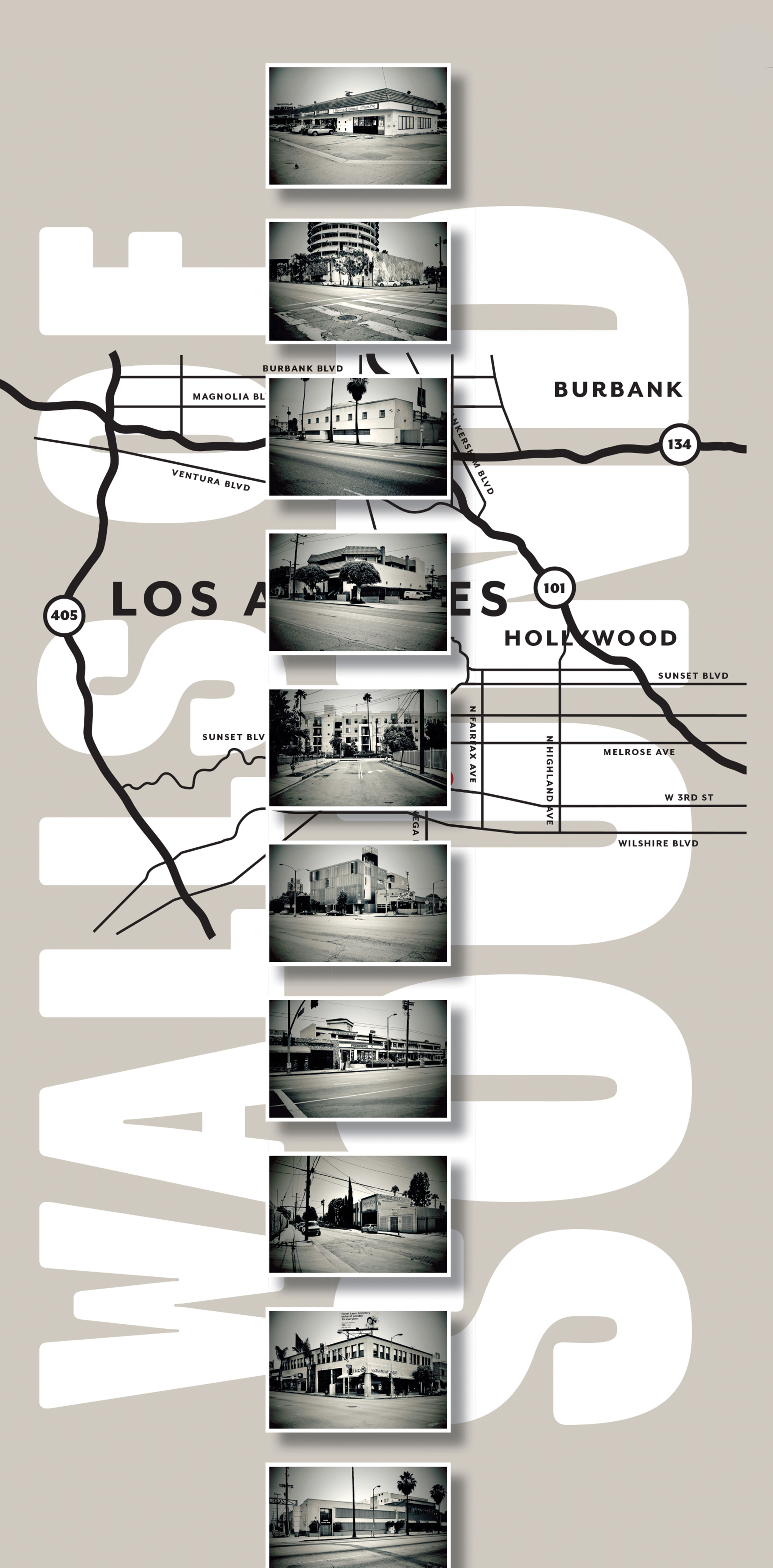I have been the proud owner of the original Retro DOUBLEWIDE mono variable-mu compressor for several years now. It's a handsome, timeless, and classic-styled module that delivers character-filled dynamics control for a variety of sources. It shines on vocals and bass – where it frequently lands in my mix schemes – but of course it has other applications depending on your needs.
There are a few cosmetic and functional differences between the DOUBLEWIDE II and its predecessor – one being the elimination of the big silver thumb screws that were a permanent fixture on the module. I liked these as it made placement and removal of the modules easy and possible without a screwdriver. The new modules now have standard 500 Series rack screw holes. Big deal? Not really.
The attack and release speeds have new faster options, and there is now a Link switch that pairs two adjoining DOUBLEWIDE modules for stereo use – handy! The outer construction is the same grey steel that we've come to know, and the gain reduction meter is the same Simpson part found on the original, plus there is the addition of a meter zeroing trim pot on the front panel. The DOUBLEWIDE II, as its name suggests, takes up two slots in a 500 Series rack, but, considering what's under the hood that was no small feat.
So what is under the hood? This all hand-wired module incorporates Cinemag input and output transformers, with 12AT7 and 12AU7 tubes at the heart of the compression duties. The board is American made, and the edge connector is gold-plated. The DOUBLEWIDE II has a switch that allows the user select between Single and Double, which corresponds to attack and release times. This particular feature is borrowed from the Retro Sta-Level [Tape Op #66], although that unit has an additional Triple setting.
In use, Single mode is smoother sounding – the slower and groovier of the two settings. Double is more aggressive, with a faster attack and release. You can of course further fine-tune these settings with provided Attack and Recovery settings. Both settings are useful, depending on the material you wish to compress. The nature of the tubes being used for compression already makes for an onset that is going to be slower than that of a VCA-style compressor, but I still found the unit more than capable of controlling vocals and faster transients on instruments such as snare drums. This unit kills on bass. I love the way it smoothed out a bass line while adding a nice harmonic halo and tone – drive it harder for more sonic saturation.
You will be shocked to look at the meter and see how much compression it registers while your ears tell you it is just in the realm of an average "get it done" setting. It can be transparent if needed but musically audible when called upon. Some tube coloration is possible when driven hard and, in addition to dynamic control, this unit has a nice rounding effect on the top end, almost like an elusive EQ. I liked using my original Doublewide with the new module to create a stereo pair for drum and bus processing. Note: you need two DOUBLEWIDE IIs to use the Link function on these new modules, but I just dialed it in by eye and ear. It really did a nice thing to overheads and as a compression bus for the drums, especially on material that was slow to mid tempo. I have a Manley Variable Mu compressor that I use frequently on my mix bus, and I especially like the Manley for groovier tracks or on songs that are more open in their arrangements. I found the DOUBLEWIDE II to be similar in effect but with its own tone and character – neither better or worse, just different. At a cost of under $2500 you could do a lot worse than pair of DOUBLEWIDE IIs dedicated to your mix bus, and the available Link function makes this an attractive option.
On guitar with aggressive heavy compression settings I got tracks into gooey mode but not devoid-of-life territory. At lower settings, a thin leash was applied to rein them in just a touch while maintaining vibrancy. In this mode, tracks just sounded big and open with no heavy audible compression artifacts, even though they were getting healthy amounts of peak reduction. This device, like it's older sibling, is extremely musical and easy to use without getting yourself into too much trouble – a welcome addition to the rack!




_disp_horizontal_bw.jpg)